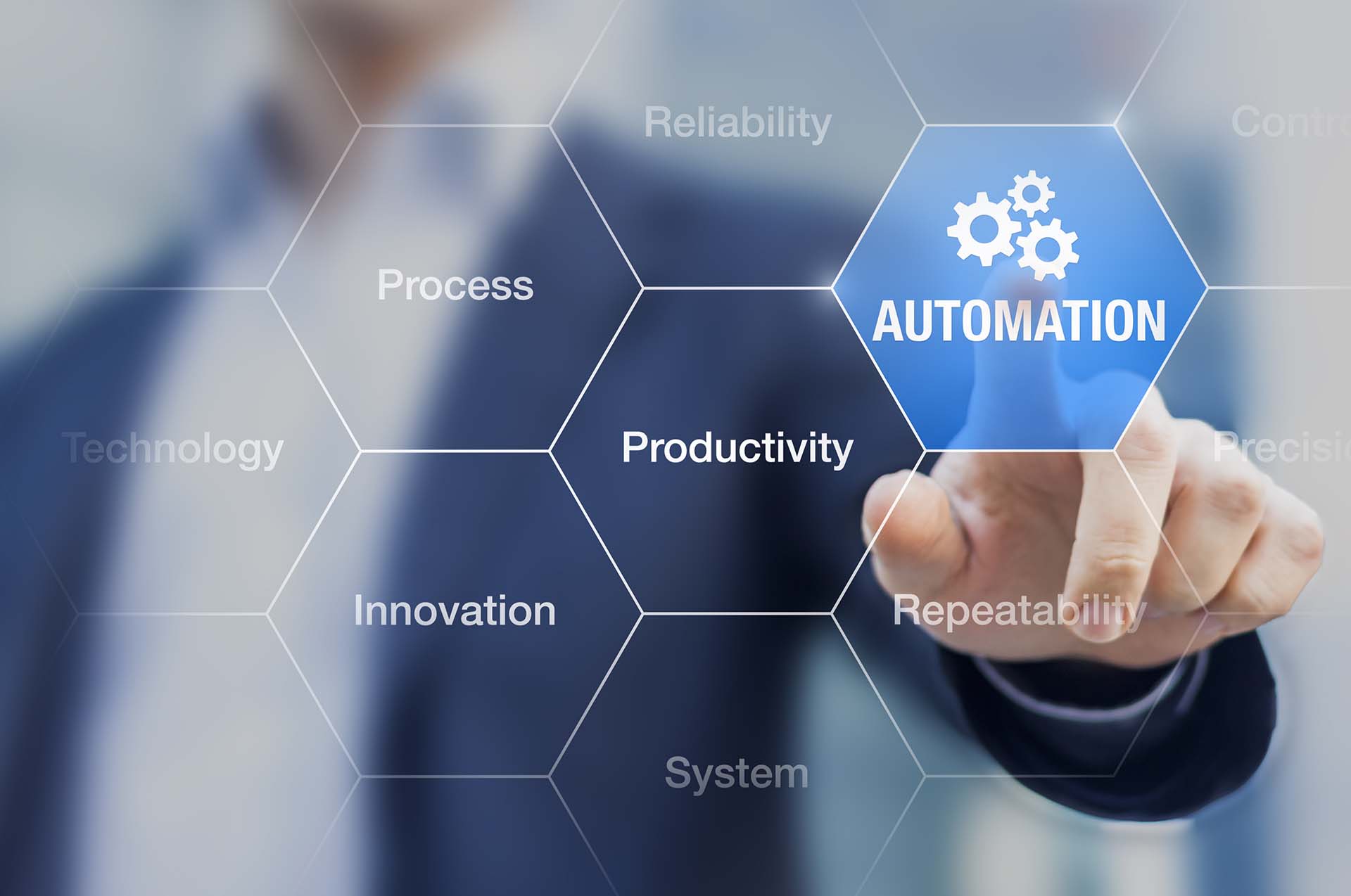Streamlining Accounts Payable Workflow: A Guide to Automation
Streamlining Accounts Payable Workflow: A Guide to Automation
Blog Article
Introduction
In the realm of financial management, optimizing the accounts payable (AP) workflow is crucial for enhancing efficiency and reducing operational costs. As businesses grow, so do their financial transactions, making manual AP processes increasingly cumbersome and prone to errors. This article explores how organizations can leverage accounts payable automation to streamline their operations and achieve greater accuracy and speed in processing invoices and payments.
The Importance of Accounts Payable Workflow
Accounts payable represents the money a business owes to suppliers and vendors for goods or services received on credit. Efficient management of AP not only ensures timely payments but also nurtures strong relationships with suppliers, fostering trust and reliability in business dealings. Traditionally, AP workflows involve multiple steps, from invoice receipt and verification to approval and eventual payment. However, manual processes are often marred by delays, human errors, and the inefficiencies inherent in paper-based systems.
Challenges in Traditional Accounts Payable Processes
Manual AP workflows are plagued by several challenges:
- Human Error: Data entry mistakes and discrepancies in invoice processing can lead to payment delays and strained supplier relationships.
- Inefficiency: Paper-based systems require significant time for document handling, approval routing, and manual matching of invoices with purchase orders.
- Lack of Visibility: Limited transparency into the status of invoices can hinder decision-making and cash flow management.
- High Costs: The labor-intensive nature of manual AP processes contributes to higher operational costs, including expenses related to paper, storage, and personnel.

Streamlining Accounts Payable Workflow through Automation
Accounts payable automation addresses these challenges by digitizing and optimizing the entire invoice-to-pay process. This technology-driven approach leverages software solutions to automate repetitive tasks, improve accuracy, and enhance visibility and control over financial transactions.
Key Benefits of Accounts Payable Automation
- Improved Efficiency: Automation reduces processing times significantly by eliminating manual data entry and automating approval workflows. Invoices can be routed electronically, speeding up the approval process and reducing the cycle time for payments.
- Enhanced Accuracy: Automation minimizes human error through automated data capture and validation. This ensures that invoices are processed accurately and in compliance with organizational policies and regulatory requirements.
- Cost Savings: By streamlining processes and reducing manual intervention, organizations can achieve cost savings in terms of reduced processing costs, fewer late payment penalties, and optimized use of resources.
- Better Visibility and Control: Automation provides real-time visibility into the status of invoices, enabling finance teams to track payments, monitor cash flow, and manage liabilities more effectively.
- Improved Supplier Relationships: Timely and accurate payments enhance supplier satisfaction and strengthen business partnerships, leading to better negotiated terms and discounts.
Conclusion
In conclusion, adopting accounts payable workflow is not just about embracing technological advancement but also about optimizing business processes to achieve tangible benefits. By streamlining the AP workflow through automation, organizations can mitigate common challenges associated with manual processes, such as errors, inefficiencies, and lack of visibility. The result is a more efficient, cost-effective, and responsive accounts payable function that supports overall financial health and operational agility. As businesses continue to evolve in a digital age, investing in accounts payable automation emerges not only as a strategic imperative but also as a competitive advantage in driving sustainable growth and operational excellence.
Report this page